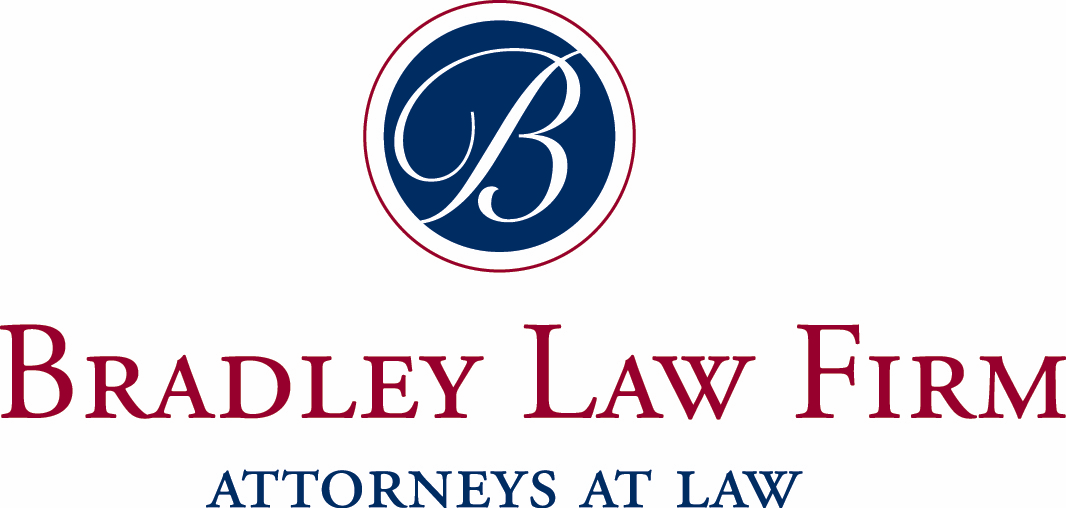When most people think of intellectual property, they think of patents and copyrights, inventions, books, and music.
Your B2B business’ brand identity – its name, phrases, symbols, logos, and designs -- is also intellectual property entitled to certain protections under federal and state law. Protecting and leveraging your business' intellectual property is important, and adds value to your company and needs protection from copycats.
One of the most effective ways to protect your brand is by registering your brand’s name, phrase, symbol, logo, or design -- your mark -- as a trademark with the US Patent and Trademark Office (USPTO). In this article, we’ll explore what federal trademark registration is, what benefits it offers, and give a high-level overview of the registration process.
What is Federal Trademark Registration?
Federal trademark registration is the process of registering a trademark with the USPTO. A trademark is a word, phrase, symbol, or design that identifies and distinguishes the source of a product or service from those of others. By registering your trademark with the USPTO, you gain nationwide protection and legal rights to use your mark in commerce.
Owning a federally-protected trademark has benefits:
- Legal protection: Registration provides enforcement rights and protection against trademark infringement. In case of infringement, once your trademark is registered, you can take legal action to protect your brand and seek damages.
- National coverage: Registration with the USPTO grants nationwide protection, allowing you to expand your business and sell your products or services in other states. While you can also register trademarks with individual states, federal trademark registration has the broadest reach.
- Exclusive rights: Registration gives you exclusive rights to use the mark in connection with your goods or services. Once registered, you have the legal right to prevent others from using a similar mark that may cause confusion or dilute your brand.
- Deterrent: Registration deters others from using a similar mark. Once registered, your trademark will be listed on the USPTO database, making it easy for others to search and avoid using a similar mark.
Filing a successful trademark application for a B2B business takes time, research, and careful planning. Very broadly, here are the steps to follow:
Step 1: Conduct a Trademark Search
Before you apply for federal trademark registration, you need to conduct a comprehensive search to ensure that your proposed mark is available for registration. You should do this at the same time you register your LLC or business with the state. Conducting a search can help you identify potential conflicts and avoid costly legal battles and re-brands. You can perform a search on the USPTO website or hire a trademark attorney to conduct a search for you. Want to see if your top name is available before committing? Ask a trademark attorney to run a knock-out search to eliminate obvious non-starters.
Step 2: Choose a Strong Mark
To increase your chances of getting your trademark approved, it’s important to choose a strong mark. A strong mark is unique, memorable, and not descriptive of the goods or services you provide. Avoid using generic or descriptive terms that can’t be trademarked. A strong mark can be arbitrary, fanciful, or suggestive of your brand. After running a comprehensive trademark search, your trademark attorney will issue an opinion letter that flags any issues with the mark you intend to use and any marks similar to it in your industry.
Step 3: File Your Trademark Registration Application
While you can file the application yourself, it is highly recommended to hire a trademark attorney to guide you through the process. He or she will know strategies for filing that are more likely to get your mark registered. Once the application is filed, it will take some time for the USPTO to review the application, issue any office actions (objections or questions), and finally approve or reject your application. As of the writing of this article in 2023, it can take more than a year for the USPTO to process an application.
Step 4: Maintain your registration status
Once your application is approved (congratulations!), you will need to use your mark in commerce to maintain its registration. If you don’t use your mark for a consecutive three (3) years, it can be considered abandoned and lose legal protection, although exceptions can apply. Use your mark on your products or services, advertising, and other branding materials to establish your brand identity and maintain your trademark registration. Additionally, a Declaration of Use and Application for Renewal must be filed every 10 years after registration.
Step 5: Monitor Your Trademark
Once you’ve registered your trademark, you will need to monitor its use and enforce your rights against others who copycat. Regularly monitor the market and the USPTO database to ensure that no one is infringing on your trademark. If you find any unauthorized use of your mark, take legal action to protect your brand and seek damages. Your trademark attorney can help you with monitoring and protecting your trademarks.
In short, federal trademark registration is a crucial step in protecting your intellectual property and establishing your brand identity. As a B2B business owner, it’s important to conduct a comprehensive search, choose a strong mark, use your mark so its registration doesn't expire, and monitor your trademark to ensure legal protection and prevent trademark infringement.
Don’t forget that trademarks, and intellectual property law in general, is complicated. Relying on a trademark attorney to guide you through the process can save you time and money in the long run. It's best not to DIY something outside of your expertise. A story to illustrate this point:
Imagine you decided to DIY your trucking business' trademark application. You picked a generic name for your brand, and because you are a veteran, used the US Airforce insignia in your branding. You wanted to save money, so you decided not to do a trademark search, or maybe you did a search but the USPTO's free search database, TESS, came back with no direct matches when you looked. You filed your application and waited a year to hear from an examiner, just to have your application rejected because the name is generic (first problem) and it infringes on existing trademark rights -- rights belonging to the US Airforce (second problem). Here's the real issue though: while you were waiting for your application to be reviewed, you used your mark to form your business entity, put it on all of your contracts, marketing materials, websites, vehicles, building signage, and so on. Because your mark infringes on the rights of another, you will need to re-do all of your branding, including your business name. How will your customers handle a business name change? Will they know who you are? And all of that re-branding costs your business time and money.
Risks like the ones described above can be avoided by using a trademark attorney to help you pick a strong mark, run thorough searches, and advise you on risk of rejection prior to filing your application. The Attorneys
at Bradley & Hammond Attorneys at Law
help B2B business owners with federal trademark searches, applications, office action responses, enforcement, and monitoring. Want to grow your business and protect your intellectual property? Schedule a consultation by calling (412) 533-2620
(PA) or (817) 645-3993 (TX), or contact us
online.











